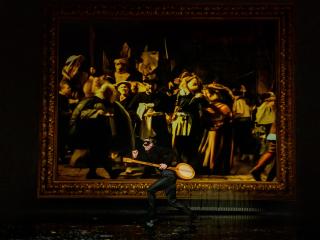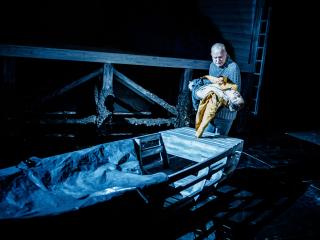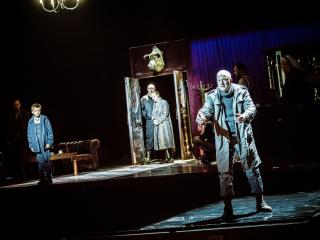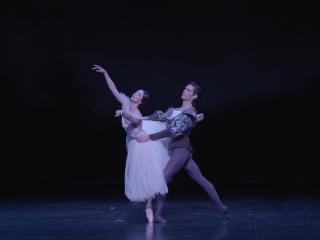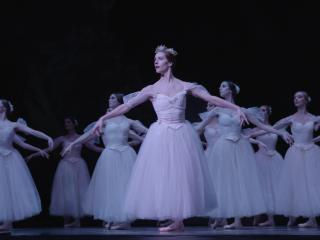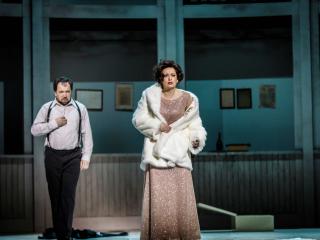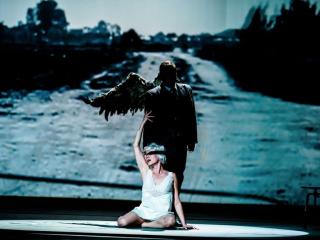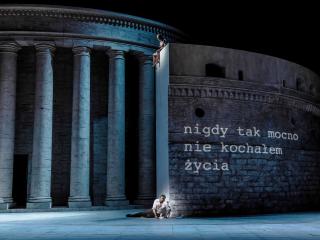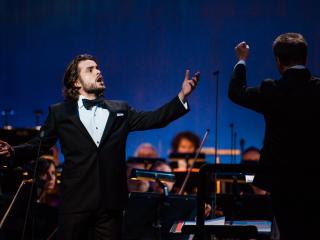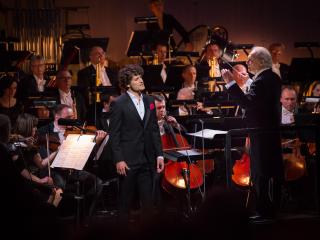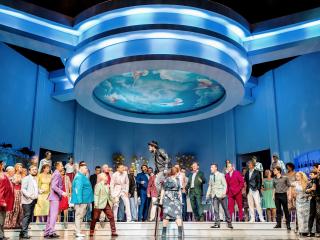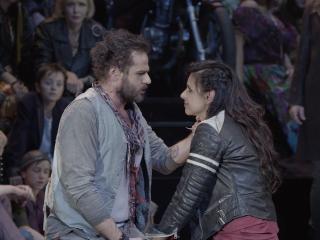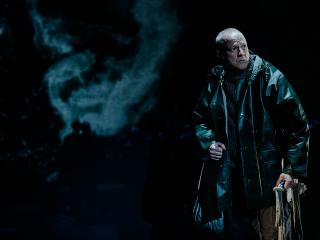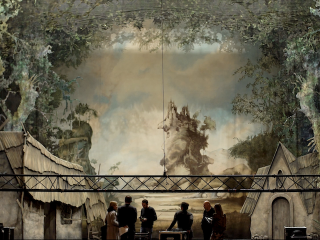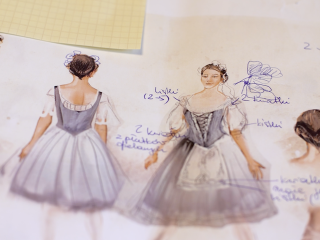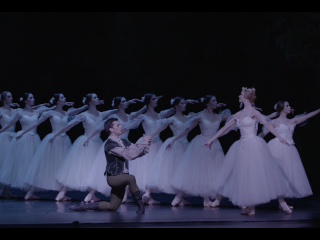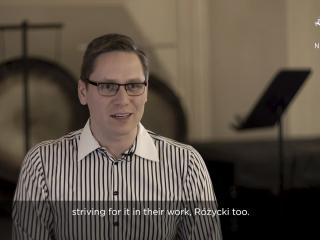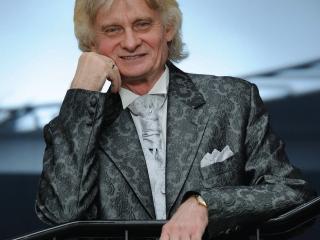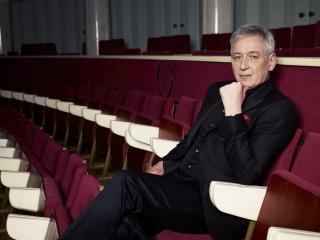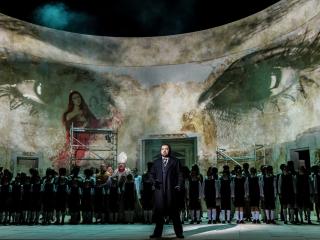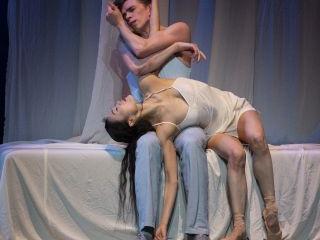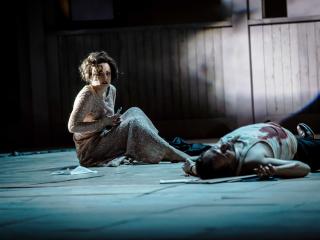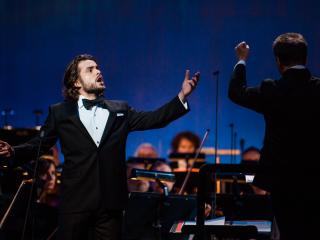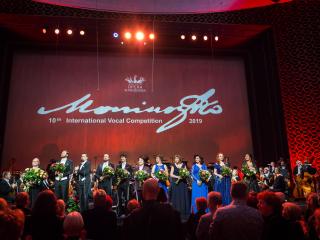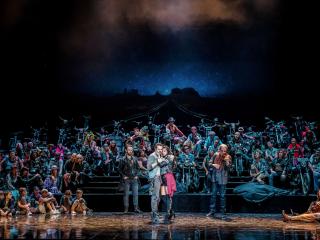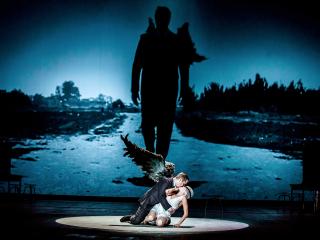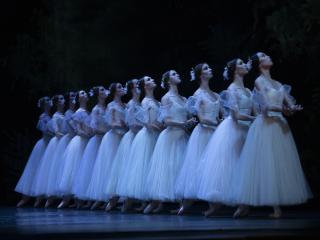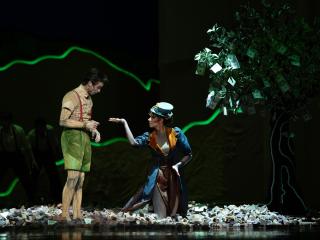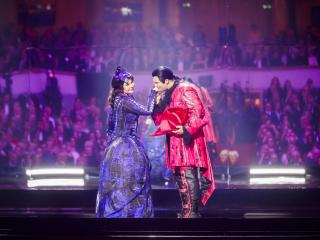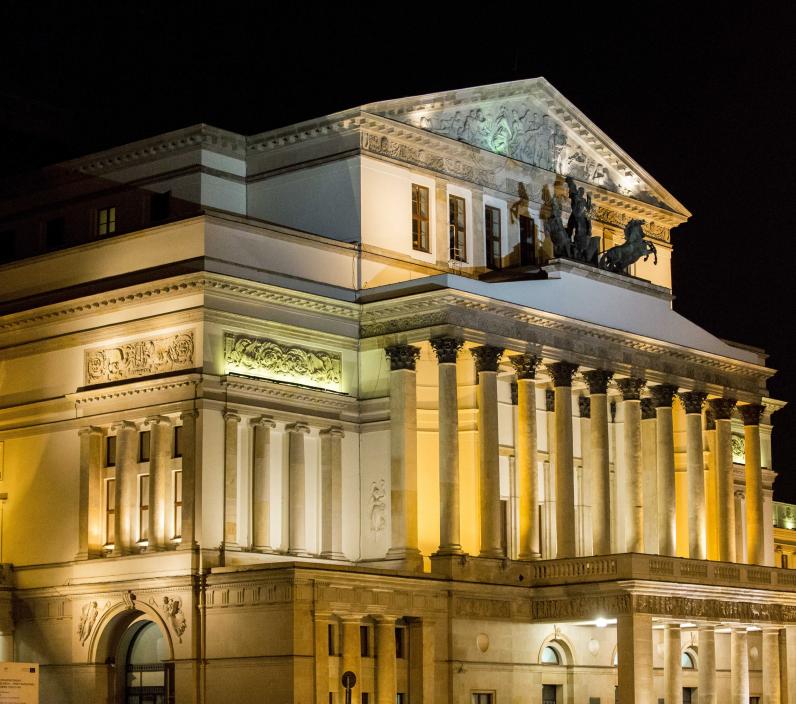

Opera arrived to Poland only thirty years after it had been born in Florence. In 1628, Władysław IV Vasa invited the first Italian opera troupe to Poland. For over 180 years, Poland’s principal opera and ballet scene has been the Teatr Wielki. Erected between 1825 and 1833 based on a design by Antonio Corazzi of Livorno, the theatre later underwent a few reconstructions. During the 1939 siege of Warsaw it was bombed and completely destroyed, except for its classicist façade.
Opened in 1965, the Teatr Wielki was one of the most innovative opera houses in the world, offering huge production possibilities, despite the limitations of the Communist era. The stage machinery was made to measure by carefully selected manufacturers from across Europe. Representative interiors, arranged and decorated using the best standards, are a testament to their time as well as a subtle and measured gesture of power, the will to go on, that allowed this nation to rise after subsequent blows: to rebuild the country and pass on its burgeoning national heritage to the next generations.
A few decades after the reconstruction, the gesture found its full expression when the pediment was topped with the Apollo quadriga - originally, Corazzi’s idea, rejected by the tsarist authorities. Thirty-six cargo and passenger lifts, including six reserved for the audience and four to transport the scenery (two of these are 27 meters long), six main stairways for the audience, three main stairways and more than a dozen smaller staircases for the staff – these all make it possible to get around the 500 000 cubic meters of the Teatr Wielki – Opera Narodowa.
The opera house is not only home to Poland’s leading opera and ballet company but also hosts the Opera Academy, an esteemed opera studio for aspiring singers and pianists. Established at the Polish National Opera in 2011, the programme provides exceptionally talented young artists with opportunities for advanced training and development under the guidance of renowned international teachers and opera professionals, including singers, stage directors, répétiteurs and language coaches.
The theatre is currently run by Waldemar Dąbrowski, former Minister of Culture of the Republic of Poland, with Patrick Fournillier as Music Director, Mariusz Treliński as Artistic Director and Krzysztof Pastor as Director of the Polish National Ballet.



